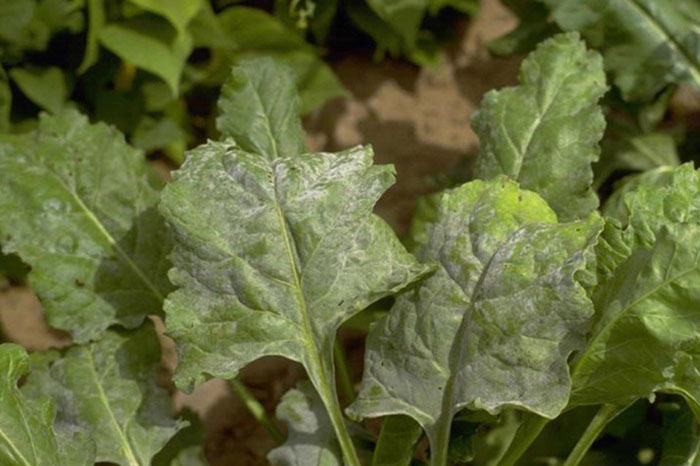
Powdery Mildew: How to Treat and Protect Your Plants
Powdery mildew is a fungal disease that can affect a wide range of plants. It commonly affects lilac, azalea, tulip-tree, numerous perennials, and many other shrubs. It affects vegetables as well, including pea, okra, squash, and cucumber. Powdery mildew takes nutrients from the plant, weakening the plant and causing reduced growth and flowering. Powdery mildew is rarely fatal.
Symptoms
Powdery mildew appears as a powder-like substance coating the upper surface of leaves. Severe infections of powdery mildew can cause discoloration of the foliage, disfigured shoots, and deformed flowers. Leaves may turn yellow, a symptom known as chlorosis, which progresses to brown as leaves begin to die and fall off the plant. Powdery mildew usually appears on the upper-part of the leaves and the older leaves first.
Treatment
Remove and dispose of the infected parts of the plant. Infected plant tissue should not be composted because the disease can spread by wind. When removing infected leaves make sure to clean up fallen debris. After removing the debris, apply a thick layer of mulch. This will help keep any disease spores from re-infecting the leaves. Treat plants by spraying with fungicides that have a low environmental impact. Look for products that contain botanical or neem oils. Eco-1 Garden Spray is great preventative and curative organic treatment that contains botanical oils. Use a slow release organic fertilizer that does not contain excess nitrogen. This will help the plants defend against future infections of powdery mildew.
Prevention
To keep Powdery Mildew infections low, you will want to reduce the humidity around the plant. You can increase air circulation by pruning and thinning plants and increasing the space between plantings so that plants are not overcrowded.
Careful selection of plants by the home gardener can greatly reduce the incidence of powdery mildew overall. Disease resistance is a genetic trait, so plant breeders have been able to very carefully combine genetic traits of plants to make many varieties that are disease resistant. Being disease resistant does not necessarily mean the plant is completely immune to disease, but has the ability to minimize infection. There are powdery mildew resistant varieties of lilac, dogwood, azalea, and roses. Species of bee balm like Colrain Red and Jacob Cline have disease resistant properties, and variations of garden peony like Pink Hawaiian Coral are also disease resistant.
When planting be mindful of the amount of sunlight the area will be exposed to. Too much or too little sunlight can stress plants and predispose them to disease. If using overhead watering, watering in the morning will lower the chances of infection as it allows for the leaves to dry out during the day. Drip irrigation and soaker hoses will also lessen the incidence of powdery mildew.
Have questions about your own garden? Contact us – We’d love to help!
Share your garden photos with us on Facebook, Twitter, and Instagram!


Sorry, the comment form is closed at this time.